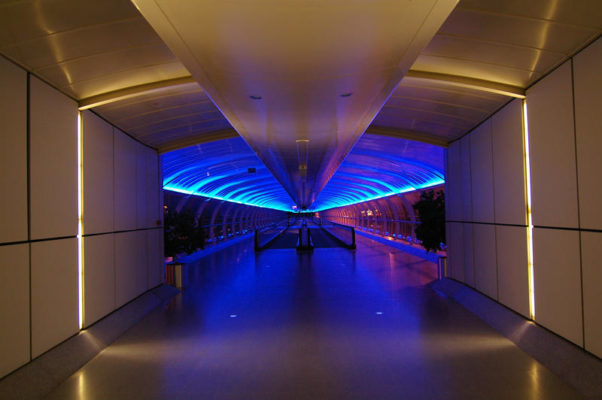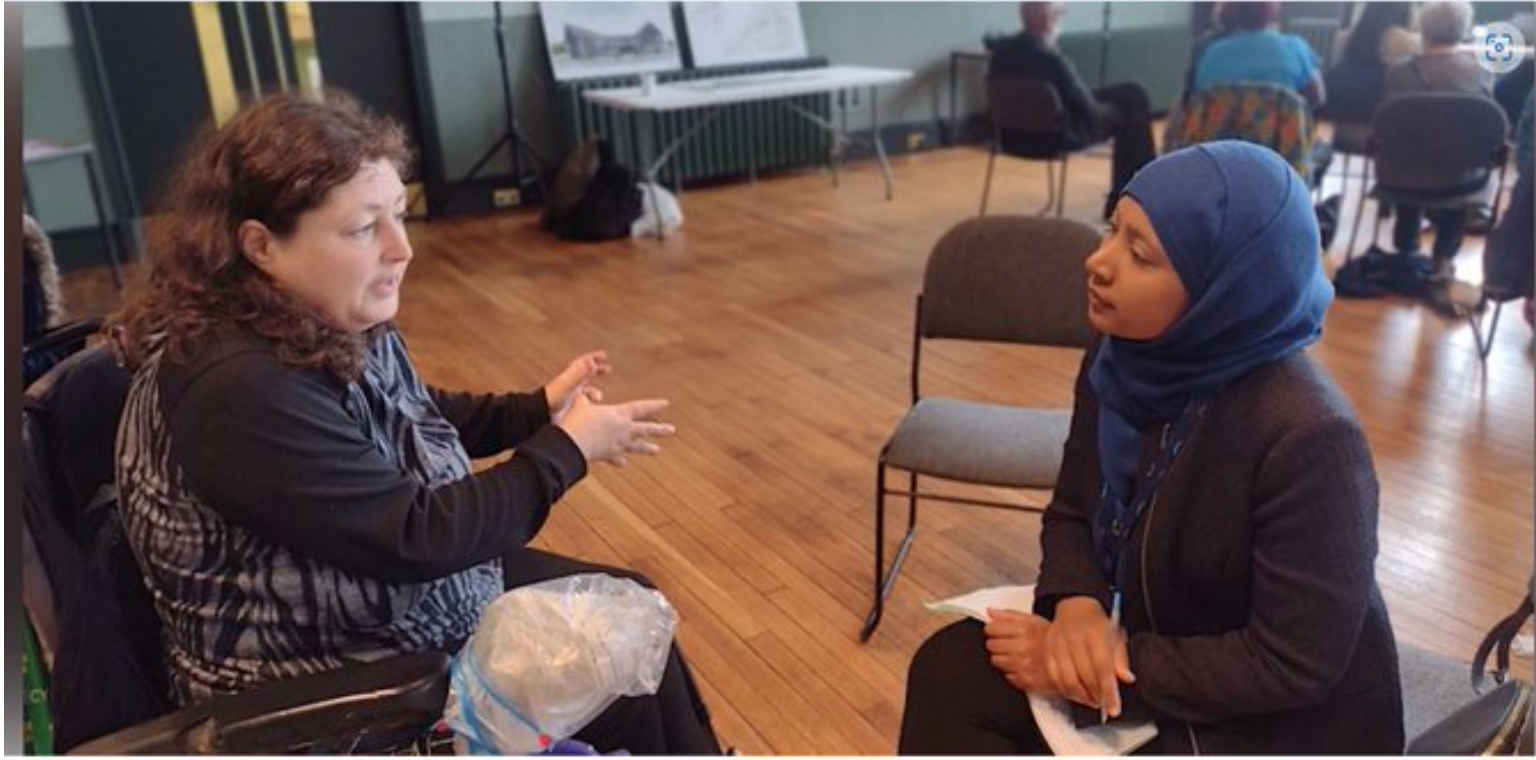By John Bowden (@John_Bowden_1)
Imagine if an over-riding plan were being created for the entire Greater Manchester city region that will in 20 years’ time determine your job opportunities, your home, where you spend your leisure time and even the air that you breathe.
That plan has been written and is being put out for comment to residents, businesses, campaign groups, everyone. It’s called Greater Manchester’s Plan for Jobs, Homes and the Environment, aka the GM Spatial Framework.
Many of the responses to the consultation will be from residents living near this or that site to signal their opposition to development. That’s likely to frame the discussion in a big way.
But that would be a crime because this is about a lot more than this or that individual housing development. It’s a long-term strategic vision for Greater Manchester.
The Framework, which spans 443 pages is now open for consultation until 18th March. Despite it’s length, to get a real idea of the substance of the document requires reading the full plan – the overview document misses out some of the core ideas behind the strategy. Here are some of those which we should all be aware of.
Airport growth vs a clean economy
The Framework identifies the strategic economic assets in the city region. One of these is Manchester Airport, identified as the only one in the country other than Heathrow boasting two runways. It is set for massive expansion under the proposal.
Sadly, emissions from flights aren’t included with Manchester’s carbon emission targets, or even monitored - so all these additional flights won’t impact on the city’s plan to be “carbon neutral” by 2038. Of course, with aviation responsible for around 6% of UK carbon emissions (a staggering third of what road transport causes) the damage to the environment will be very real indeed. There is a duplicitousness in the Framework for seeing only the supposed economic benefits of airport expansion and not the environmental harm.
That’s a big negative, one which overshadows some of the positive moves in the document - for example opposing fracking and demanding high environmental standards for new homes. And it’s outrageous that that the airport gets no mention in Section 5 of the Framework on sustainable development and carbon commitments.
Affordability of housing: careful with the numbers
Affordable housing for the city region is identified as important in the Framework. But whereas as the total number of completions for all tenures aims for a specific target (201,000 net completions), a lot is left to chance with the affordable allocation.
50,000 new affordable homes are proposed. 30,000 of these will be for social rent or affordable rent and the rest we can assume, are likely to be shared ownership or other first-time buyer schemes.
But, unlike for overall completions, it is not specified that the affordable housing target is a net figure.
That’s an important discrepancy given community concerns that regeneration schemes often see a large number of affordable homes demolished and replaced by smaller number of new ones.
This is without getting into the issues over the definition of “affordability” which is clearly fundamental to getting housing provision right, though the Framework does promise that the city region will research this.
Where will the housing go?
Using brownfield sites over greenfield ones is a popular argument to make– who would object to preserving green fields and instead rejuvenating polluted zones of mud and rubble?
That’s partially why Andy Burnham rejected the first version of the Framework in 2016 to further prioritise the allocation of brownfield land for development over greenfield sites.
The danger though is that for property developers and their investors, remediation of brownfield sites can erode profits and increase risk, which makes it unattractive to develop. To counter this, Burnham’s plan relies heavily on obtaining central government subsidies to make brownfield sites more viable.
Let’s hope he does. There is a risk if central government doesn’t provide the grants, developers will have a strong arm against city planners in viability negotiations that can see affordable housing and other infrastructure contributions reduced.
That’s not to argue for more building on valued green spaces, but to make the point that avoiding this could have implications in other areas – and the Framework is vague on how to address these.
Green homes
The Framework talks tough on green homes – at least the new ones. All developments should be ‘net zero carbon’ by 2028, and, as an interim measure homes should be designed to exceed Building Regulations 2013 Part L by 19%. That means insulation and energy efficiency fixtures should be 19% more effective than most brand new buildings in England – this is a big deal. It will have repercussions for local authority land values but for the planet it should be a price worth paying.
Unfortunately though, the Framework is pointing the biggest guns against the smallest enemy. Within the timeframe of the document, the vast majority of Manchester’s housing stock will still be old and will not conform even to 2013 Building Regulations.
What’s needed most is a massive retrofit programme to bring down domestic energy use and bills across the remaining housing stock. This won’t happen without intervention because it’s just not worthwhile for a homeowner to invest in energy savings that have lengthy payback periods - although it’s a different matter in social housing where a longer-term perspective can be taken.
The Framework recognises the need to retrofit but the commitment is weak and vague, limited to: “Promoting the retrofitting of existing buildings with measures to improve energy efficiency and generate renewable and low carbon energy.”
Conclusion – strong, stable, weak, wobbly
The GM Spatial Framework says a lot of the right things. It pledges to protect the greenbelt where it can, it promises to provide affordable housing and it promises to cut carbon emissions from transport and buildings.
But when you start looking into it, there is a very little consistency between the detail and rigid targets set against some areas as opposed to others. The new homes target is specific, but the affordable homes target is vague. The energy efficiency targets for new buildings are specific, but for old buildings they are vague. The prioritisation of brownfield development over greenfield is specific but the Framework is vague on the consequences.
And finally, the Framework is specific in its aim to make Manchester a zero carbon city – but it is dishonest by concealing that it’s proposed airport plans will do precisely the opposite.
John Bowden is a member of the Labour Party in Manchester, and has worked for both private and social housing organisations. This blog is in a personal capacity.
20 February 2019





